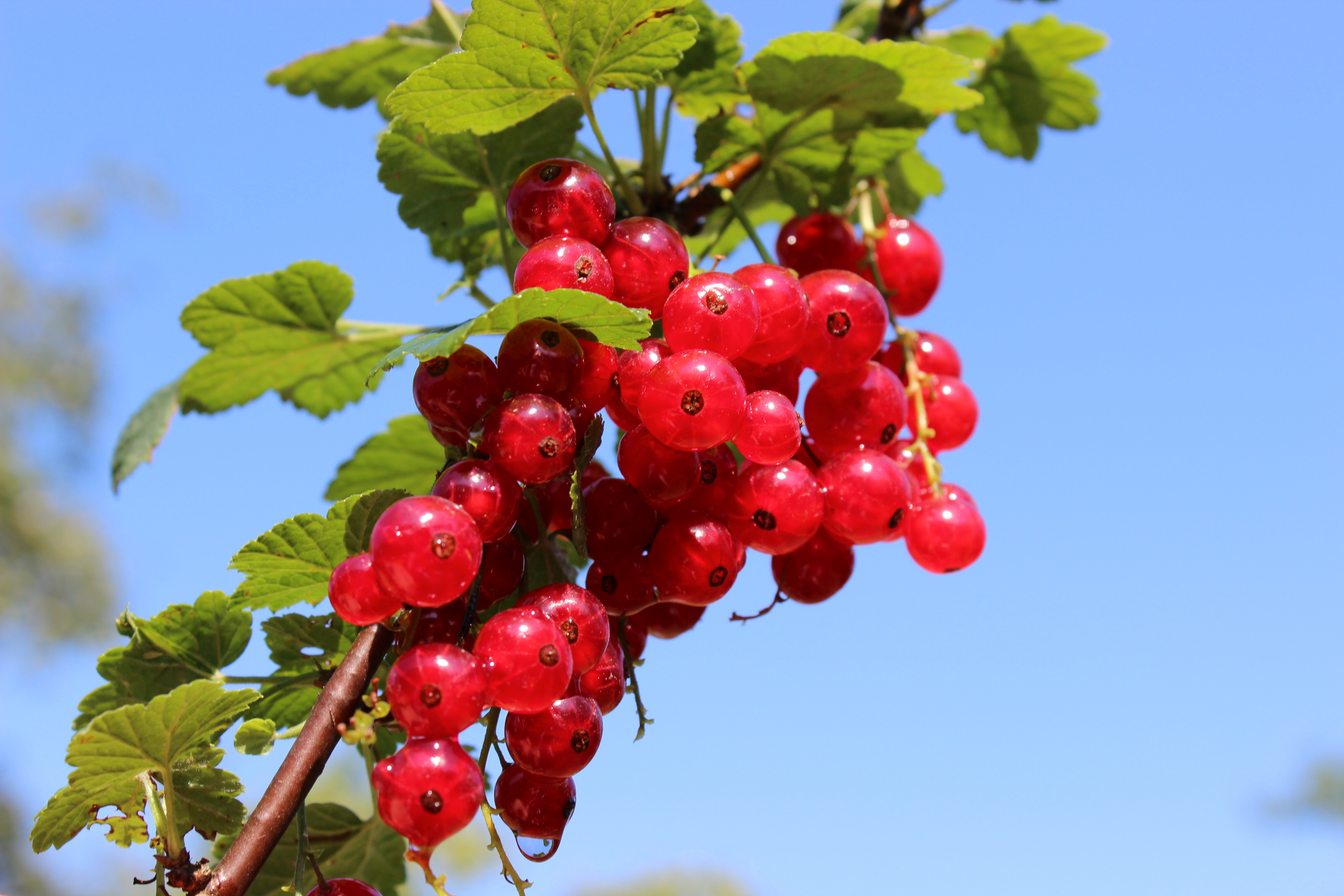Spiny redberry
(Endotropis crocea crocea)

Description
Rhamnus crocea, the spiny redberry, is a species of plant in the family Rhamnaceae. There are two subspecies: Rhamnus crocea subsp. crocea (redberry buckthorn) and Rhamnus crocea subsp. pilosa (hollyleaf buckthorn). It is native to California, Arizona, and Baja California. This evergreen shrub, Rhamnus crocea, is typically one to two meters in height. R. crocea typically occurs in chaparral, with common flora associates being toyon and hollyleaf cherry. Rhamnus crocea covers two major mountain foothills. In California, it surrounds the entire San Joaquin Valley, the pacific coast ranges and the western foothills of the Sierra Nevadas. In Arizona, it is found in the entire length of the Mogollon Rim to the western region of the White Mountains. Rhamnus is a genus of about 110 accepted species of shrubs or small trees, commonly known as buckthorns, in the family Rhamnaceae. Its species range from 1 to 10 m (3 to 33 ft) tall (rarely to 15 m, 50 ft) and are native mainly in east Asia and North America, but found throughout the temperate and subtropical Northern Hemisphere, and also more locally in the subtropical Southern Hemisphere in parts of Africa and South America. One species, the common buckthorn (Rhamnus cathartica), is able to flourish as an invasive plant in parts of Canada and the U.S., where it has become naturalized. Both deciduous and evergreen species occur. The leaves are simple, 3 to 15 cm (1 to 6 in) long, and arranged alternately, in opposite pairs, or almost paired (subopposite). One distinctive character of many buckthorns is the way the veination curves upward towards the tip of the leaf. The plant bears fruits which are black or red berry-like drupes. The name is due to the woody spine on the end of each twig in many species. One species is known to have potential to be used medicinally. Rhamnus species are shrubs or small to medium-sized trees, with deciduous or rarely evergreen foliage. Branches are unarmed or end in a woody spine. The leaf blades are undivided and pinnately veined. Leaf margins are serrate or rarely entire. Rhamnus species are generally dioecious, with male and female flowers on separate plants. Most species have yellowish green, small, unisexual or rarely polygamous flowers; which are produced singly or in axillary cymes, cymose racemes, or cymose panicles containing a few flowers.
Taxonomic tree:







